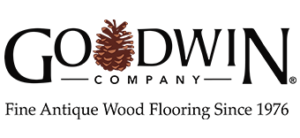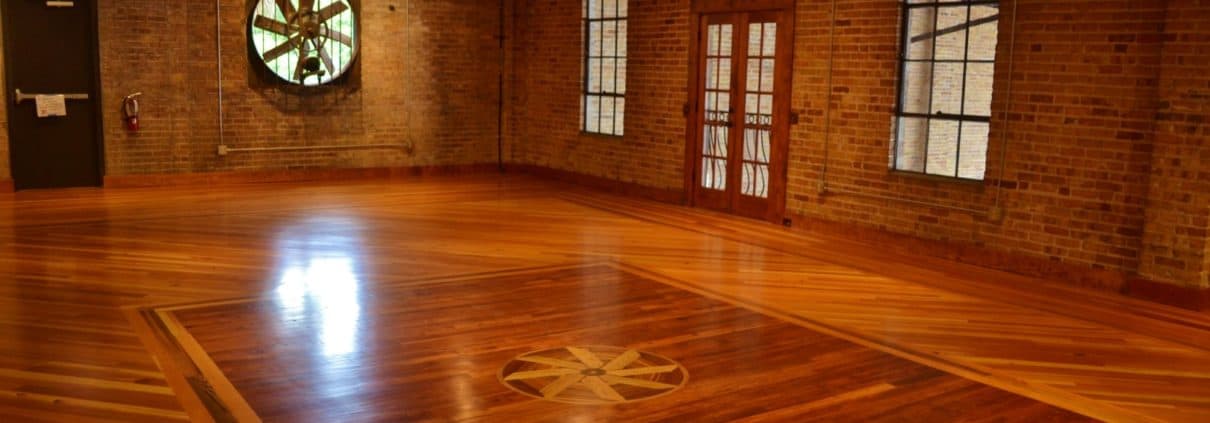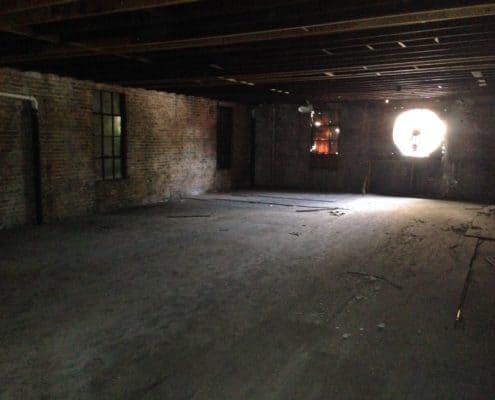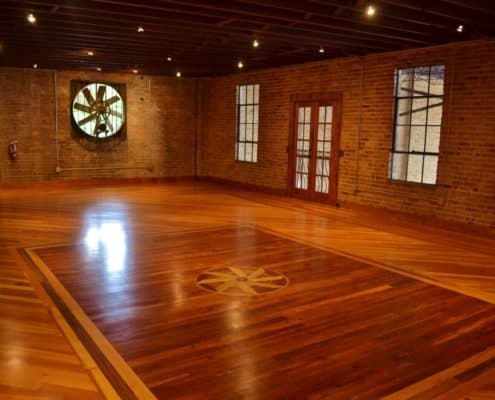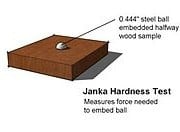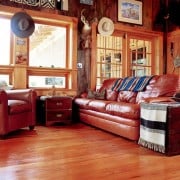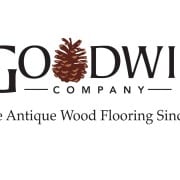A Search for Quality
When did we stop reaching for the most inexpensive item on the shelf at the grocery store? When did grabbing a carton of milk or eggs on our way home from work become result of a series of ethical decisions? A few years ago, I would have scanned the refrigerated section of the grocery for the least expensive carton of eggs, put them in my cart, then moved on to the next item on my grocery list — 2% milk with the latest expiration date.
But recently, I have noticed myself analyzing my purchases with greater detail before I make a purchase. A quick Google search led me to a list of all the varieties of eggs sold at my local supermarket: organic, free-range, naturally pasteurized, vegetarian, and the list goes on. In choosing the type of eggs I want to buy, I also have to consider the packaging of the eggs. If I buy the plastic carton, it will hold up long enough to be reused when my roommate brings eggs home from her coworker’s farm. But if I buy the paper carton, it will recycle most easily and doesn’t require any plastic.
Why did such a small task begin to involve so many decisions? I think it is a result of our increased demand for quality. We have all heard that ignorance is bliss, but with limitless information at our fingertips, we can no longer claim ignorance. As a result, our culture is becoming more ethically concerned. This means we are looking for products that meet our needs, but we also want to spend our money investing in the local economy, and caring for the environment. Maybe this is why the millennial generation has also been called the “civic generation”—a name earned by our desire to care for place—the environment in which we invest our lives.[1] We crave uncomplicated quality and authenticity in our spaces.
I have found that nothing brings these elements to a space as effortlessly as nature itself. Natural light, plants, or even an earthy color palette can bring the simplicity and life we crave in our spaces. But nothing has the same transformative impact as wood. It brings the outdoors in while contributing a durability and livability unique to the material. As a product of nature, it does not try to mimic the life we wish to find in our spaces but exposes the authenticity and history innate to the material. We see this in the pictures below that show the transformation that Goodwin’s heart pine LEGACY® floors had on the historic Firestone building in downtown Gainesville, Florida.
The tongue and groove flooring in this room are building recovered, meaning they were once beams in 19th century industrial buildings in the U.S. The reuse of this wood speaks to its strength as well as the sustainability of the product. A room long forgotten and left lifeless is now a hidden gem in the city…and it’s available for lease starting November 2016!
…………………………………………….

Lauren Corley is a guest author for Goodwin and is a senior in the Innovation Academy at the University of Florida studying Sustainability in the Built Environment with a minor in Innovation. She began her involvement with Goodwin at the 2015 Greenbuild conference in Washington D.C. She is from the Panhandle of Florida and gained an interest for sustainability and its use in space as a high school student. Since moving to Gainesville she has interned for the Repurpose Project as well as the Alachua County Public Schools under the Energy Conservation Specialist.
[1] Morley Winograd, and Michael D. Hais. Millenial Momentum: How a Generation Is Remaking America. New Brunswick, New Jersey, and London: Rutgers UP. Web. 10 Apr. 2016.
